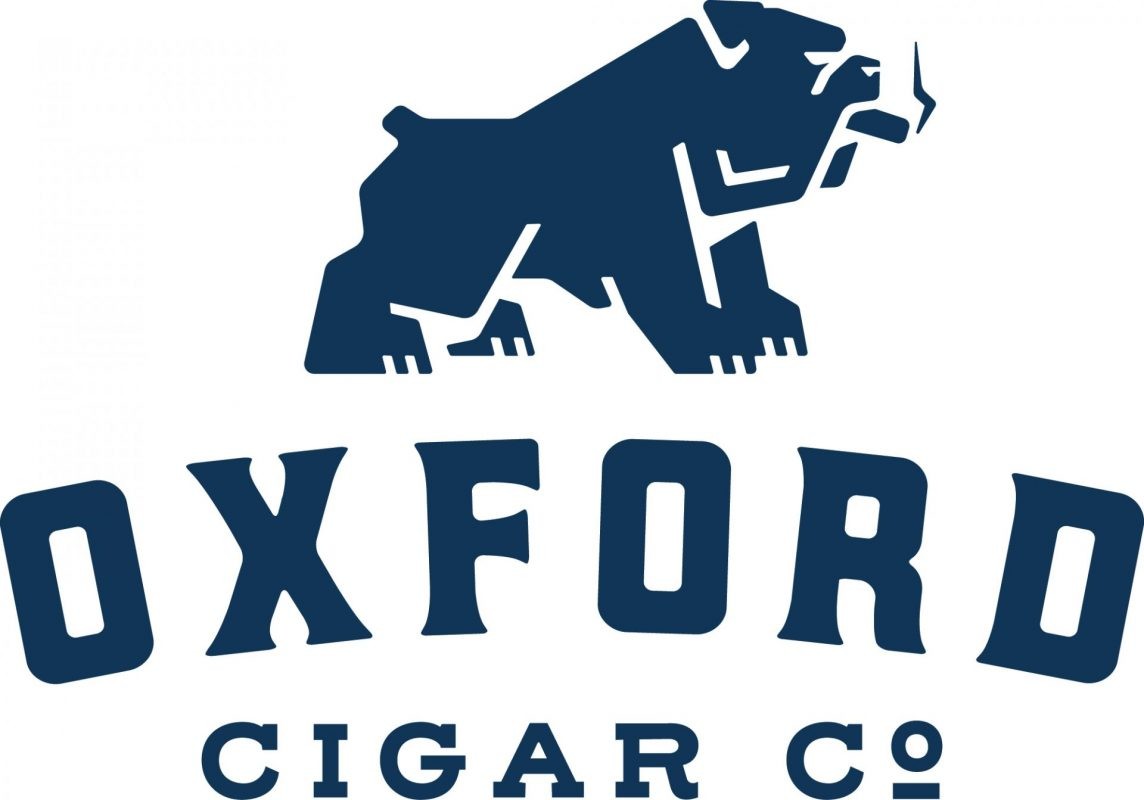News
Thirdhand Smoke, California, and the Expanding Boundaries of Tobacco Control
Last year, we published an article about the use of “thirdhand smoke” as a policy trigger within tobacco control. At the time, we noted that while the U.S. Food and Drug Administration and the broader tobacco control community is tasked with addressing tobacco-related harms at the population level; it often drifts into regulatory overreach—focusing on marginal risks that do little to advance public health in a meaningful or measurable way. A year later, we are now witnessing the formal attempt to codify thirdhand smoke exposure into a state law. Unsurprisingly, it comes from California—a state that has long served as a bellwether for aggressive tobacco control legislation.
Introduced by Assemblymember Ortega, Assembly Bill 455 proposes to expand California’s real estate disclosure laws by requiring sellers of single-family residential properties to notify prospective buyers of any known thirdhand smoke exposure. Specifically, sellers must disclose—if they have actual knowledge—whether smoking or vaping tobacco or nicotine products occurred in the home, or whether residue from such use is present on surfaces such as walls, carpets, or furniture. Importantly, the bill does not require homeowners to investigate or test for such residue. Still, it represents a significant step: the formal recognition of thirdhand smoke as a regulatory hazard in residential transactions.
In addition to the disclosure provision, AB 455 mandates an update to California’s Homeowners’ Guide to Environmental Hazards, the state’s official consumer education booklet for real estate buyers.
As defined in the legislation, thirdhand smoke is the “toxic chemical residue left behind by tobacco smoke,” which can linger in a home for years. The bill also cites potential exposure to more than ten chemicals listed under California’s Proposition 65. These legislative findings position thirdhand smoke alongside other major environmental hazards—despite the fact that credible, large-scale studies validating its long-term health effects in real-world residential settings remain limited or inconclusive.
This is exactly the concern we raised last year. The public health mandate for tobacco control advocates—and the lawmakers who support them—is to address population-level risk by focusing on the most significant and widespread threats to public health. But instead, federal agencies—and increasingly, state legislatures like California’s—are shifting toward symbolic regulation: rules that appear rigorous and protective, but in reality target marginal issues with limited public health relevance. The science on thirdhand smoke may still be evolving, but it remains far from settled. Yet we are already seeing it embedded in real estate disclosures and public health guidance.
California has long been a proving ground for tobacco control measures that eventually ripple out across the country. Whether through flavored tobacco bans, and other restrictive measures, or now real estate disclosures, the state’s policies often set the tone for future regulatory debates in legislatures and agencies nationwide. That makes AB 455 worth watching—not for what it does today, but for the regulatory logic it may introduce into broader tobacco control efforts.
Ultimately, thirdhand smoke may warrant further study—but it should not serve as the basis for policy until the evidence is clear, the risks are established at scale, and the benefits of intervention are measurable. Until then, lawmakers and regulators should exercise caution, lest symbolic legislation become a substitute for sound science.
The post Thirdhand Smoke, California, and the Expanding Boundaries of Tobacco Control appeared first on Cigar Rights.


